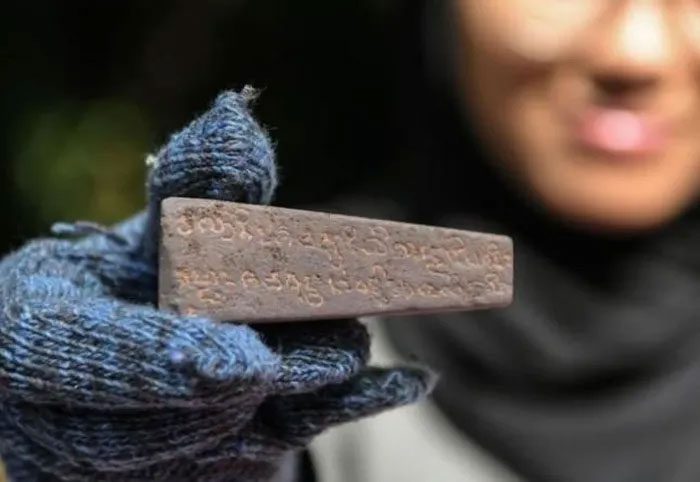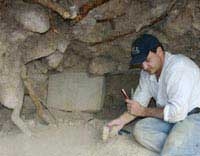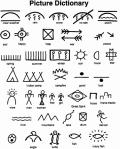The National Heritage Department and the Global Archaeological Research Center (GARC) at the University of Science Malaysia (USM) recently announced the discovery of the structure of the largest Buddhist temple in Bukit Choras, Malaysia, dating back 1,200 years.
Led by Dr. Nasha Rodziadi Khaw, the chief researcher at GARC, the excavation team unveiled two mortar statues, resembling artifacts from the ancient Srivijaya Kingdom that have been previously found in Sumatra and West Java, Indonesia.
“It is remarkable that the structure and most of the artifacts are well-preserved and intact,” Dr. Khaw emphasized at a recent press conference.
He also mentioned that since September 8, excavation efforts have revealed the entire western wall of the temple, along with half of the northern and southern walls as well as the staircase of its foundation.
“The research team also accidentally discovered Pallava inscriptions and remaining pottery shards. These findings suggest the construction period is estimated between the 8th and 9th centuries CE, coinciding with the Bujang Valley and the Srivijaya era,” he explained.
The statues and artifacts will be transported to GARC USM for preservation and further research. Phase two of the excavation will begin in December this year.

Remaining Pallava inscriptions.
“There are many sites waiting to be explored in the Bujang Valley, and we need more time for excavation. More importantly, these discoveries will help us reassess the historical records of Western historians,” Professor Mohamed, the Deputy Vice-Chancellor of USM, stressed.
Meanwhile, Dr. Nasha raised questions about the cultural connections between Bujang Valley and other ancient civilizations in Southeast Asia through this discovery. “This site is particularly significant because most archaeological sites in the Bujang Valley are located south of Gunung Jerai, along the Merbok River and Muda River. Only Bukit Choras is situated north of Gunung Jerai and is completely isolated from its surroundings. The existence of this ancient Buddhist temple reveals that a considerable population once resided near this hill, which was once a promontory before sedimentation shifted the coastline about 8 kilometers from the current location of the temple.”





















































